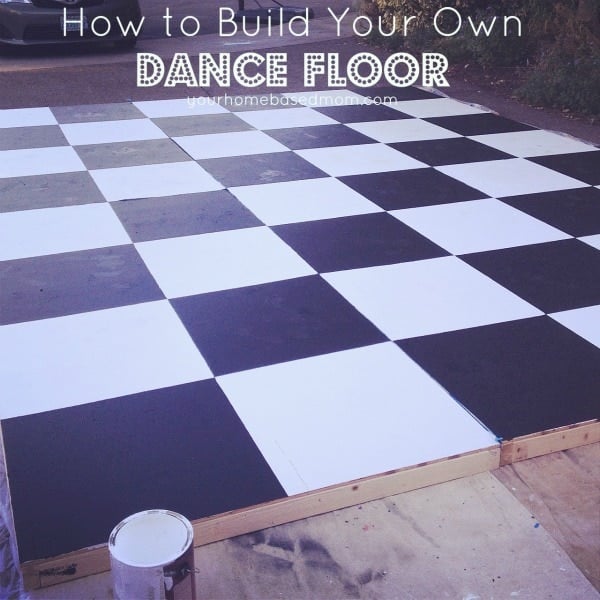Crucial Safety Protocols to Ensure a Enjoyable and Secure Dancing Floor Experience at Occasions
Crucial Safety Protocols to Ensure a Enjoyable and Secure Dancing Floor Experience at Occasions
Blog Article
When organizing an occasion with a dancing floor, ensuring the safety of all attendees is essential. A fun and safe dance floor environment can improve the general satisfaction of the event. To achieve this, event organizers should implement essential safety guidelines that address various aspects of the dance environment. These protocols not only safeguard guests but also foster a friendly atmosphere where all can feel at ease and have a great time.
One of the primary safety factors is the physical area of the dance floor. It is crucial to make sure that the area is large enough to accommodate the anticipated number of guests. A crowded dance floor can lead to accidents, such as falls or collisions. Organizers should also inspect the flooring material to ensure it is suitable for dancing. Smooth surfaces, such as hardwood or vinyl, are ideal, while carpets can pose tripping hazards. Additionally, keeping the dance area free of obstacles, such as chairs or tables, will help prevent injuries and allow for a more enjoyable experience.
Illumination plays a significant role in creating a secure dance floor environment. Proper illumination not only sets the atmosphere for the event but also helps guests move through the space safely. Low lighting can make it difficult for dancers to this content perceive their surroundings, raising the chance of accidents. Therefore, planners should use a combination of background and focused lighting to light up the dance floor sufficiently. Emergency indicators should also be clearly visible, and planners should ensure that the illumination is adjustable to suit different types of music and dance genres.
Another important aspect of security on the dance floor is crowd management. Event staff should be prepared to monitor the dance area and make sure that guests are behaving properly. This includes addressing any instances of crowd issues or inappropriate behavior that could result to conflicts. Additionally, having a specific area for guests to take breaks can help minimize fatigue and prevent accidents. Providing water dispensers nearby can also encourage hydration, which is essential for maintaining energy levels during the dance.
Finally, it is essential to communicate safety guidelines to all participants. Before the occasion begins, organizers should inform guests about the regulations and guidelines for the dance floor. This can include reminders to be aware of their environment, honor personal space, and avoid excessive drinking consumption. Offering clear instructions can help create a culture of security and accountability among guests. By fostering an environment where all is aware of safety practices, event planners can ensure that the dance floor remains a fun and safe space for all attendees.